Personalized medicine means giving people the right treatment at the right time. It looks at each person’s genetics, lifestyle, and health history to figure out the best way to treat the disease. We are now living in an age where computers can learn, adapt, and even predict future problems with amazing accuracy. This rapid shift is because of Artificial Intelligence (AI) tools that can handle huge amounts of data in ways that humans cannot manage alone.
We believe this exciting blend of machine power and medical knowledge will reshape how doctors work, how drugs are discovered, and how healthcare systems run. In the past, doctors often used one-size-fits-all approaches. Now, AI makes it possible to tailor treatments down to each individual’s genes. It is a huge step in fighting cancers, chronic diseases, and rare conditions. In this article, we will explore why AI personalized medicine has gained massive traction, what tools drive it, how it helps patients, and what the future might bring.
Personalized medicine is not as new as you might think. The idea of customizing treatments goes back centuries, but it was hard to put into practice without detailed medical data. When scientists first began studying DNA, doctors got a glimpse of how genes affect health. They learned that certain diseases have genetic triggers, and therapies could be adjusted if we knew which genes caused the trouble.
The big challenge was data. Even if we tested someone’s genetic code, we ended up with more information than we could handle. Early tests showed the potential for a more targeted approach, but turning that raw data into real solutions was difficult. Labs had to sort through thousands of gene variants. That process was slow and expensive.
Today, computing has caught up. AI now processes data fast and cuts down the time it takes to find disease patterns. This improvement means we can look at genetic details, medical images, and lifestyle factors all at once. By doing so, we get clearer insights that were impossible just a decade ago.
AI has been used in many fields, from self-driving cars to voice assistants. Healthcare is just the latest industry to see huge benefits. Hospitals use AI to sort patient records, schedule treatments, and track supplies. Research labs rely on AI to study drug interactions. Plus, advanced algorithms help radiologists check scans for subtle signs of disease. All of this makes diagnosing faster and more accurate.
In AI personalized medicine, computer models search for genes linked to diseases. They look at lifestyle habits (such as diet and exercise) and past treatments to see what worked and what didn’t. By doing this, doctors can predict which treatments will help most and which may fail. This level of detail lowers the risk of harmful side effects and speeds up healing times. It is a win-win for patients and healthcare providers.
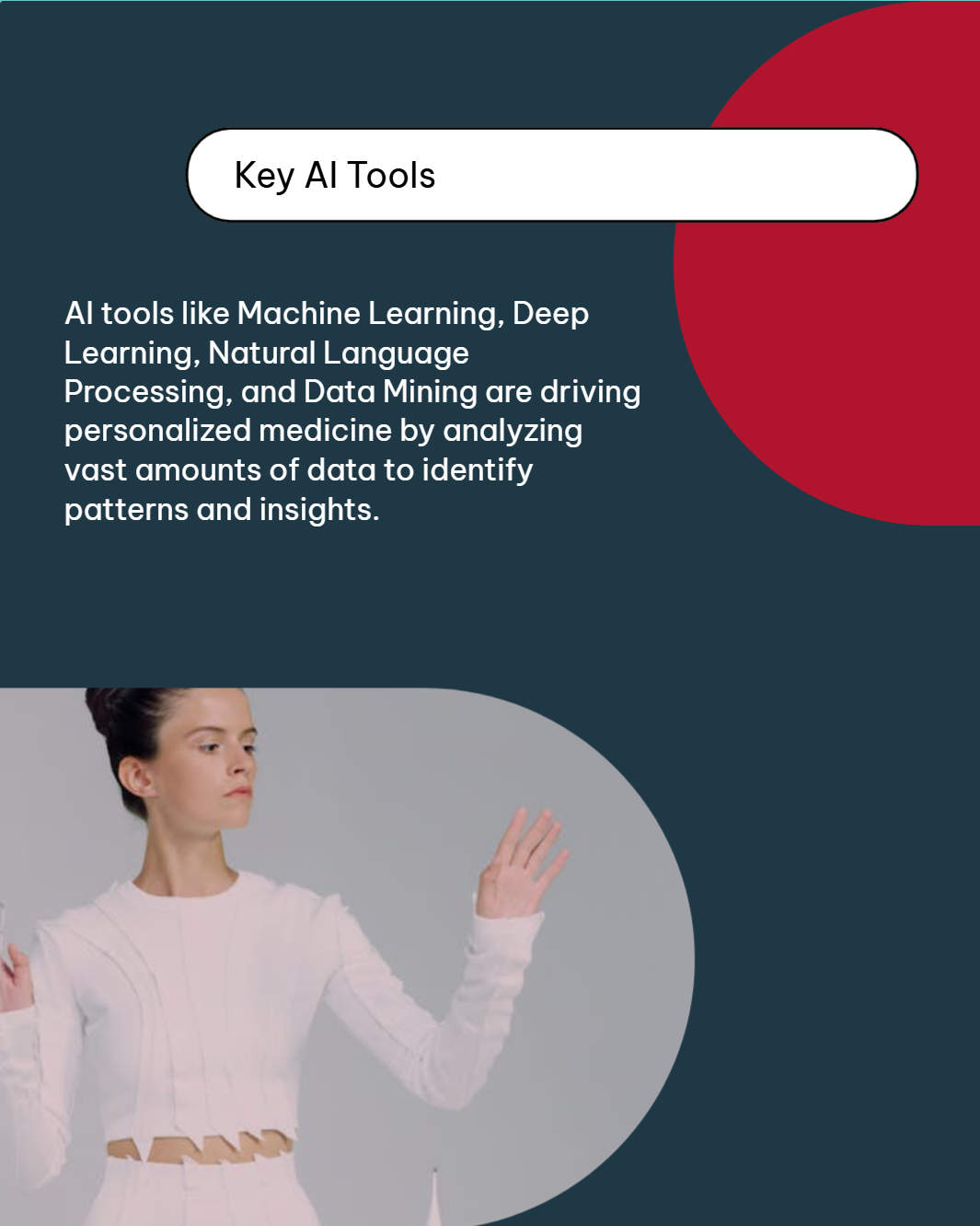
AI is a broad term that covers many technologies. Several tools stand out for their roles in AI personalized medicine:
Machine Learning (ML) algorithms learn patterns from data. They compare a patient’s records with thousands of others to spot common traits. This helps with the early detection of diseases like cancer. ML also plays a part in sorting patients into groups for clinical trials.
Deep Learning (DL) is a subset of ML. It uses neural networks that mimic the way our brains process information. Deep Learning is especially strong at analyzing medical images such as MRIs or X-rays. For instance, these systems can catch tumors in scans with higher accuracy than many human experts.
Doctors’ notes, lab results, and research papers usually appear in text form. Natural Language Processing (NLP) reads and understands this text. It helps by extracting facts, finding links between medications, and even detecting hidden clues about side effects.
Data Mining goes through massive datasets to find patterns and trends. In healthcare, this might be used to see if a new diabetes drug works better for people with certain genes. By digging into the data, researchers can figure out how lifestyle or genetics influence how a patient responds to a drug.
Accurate diagnosis is the basis of any successful treatment plan. AI tools have made diagnosis faster and more precise than ever. For instance, an AI system can quickly scan medical images and highlight small lesions that a human might miss. These early warnings give patients a better chance of successful treatment.
AI-based diagnostics don’t stop at images. Some wearables can check heart rates, blood sugar, and sleep patterns around the clock. These devices use AI models to flag unusual trends. That means we can catch diseases, like heart problems, before severe symptoms appear. Then, doctors can act quickly, fine-tuning medications and lifestyle advice.
Just as important, AI can sift through large electronic health records (EHRs). Doctors can use these findings to match each patient with the right therapies. This approach ensures that treatments are more targeted and produce fewer side effects. In many ways, AI personalized medicine is all about matching the right diagnosis and the right treatment.
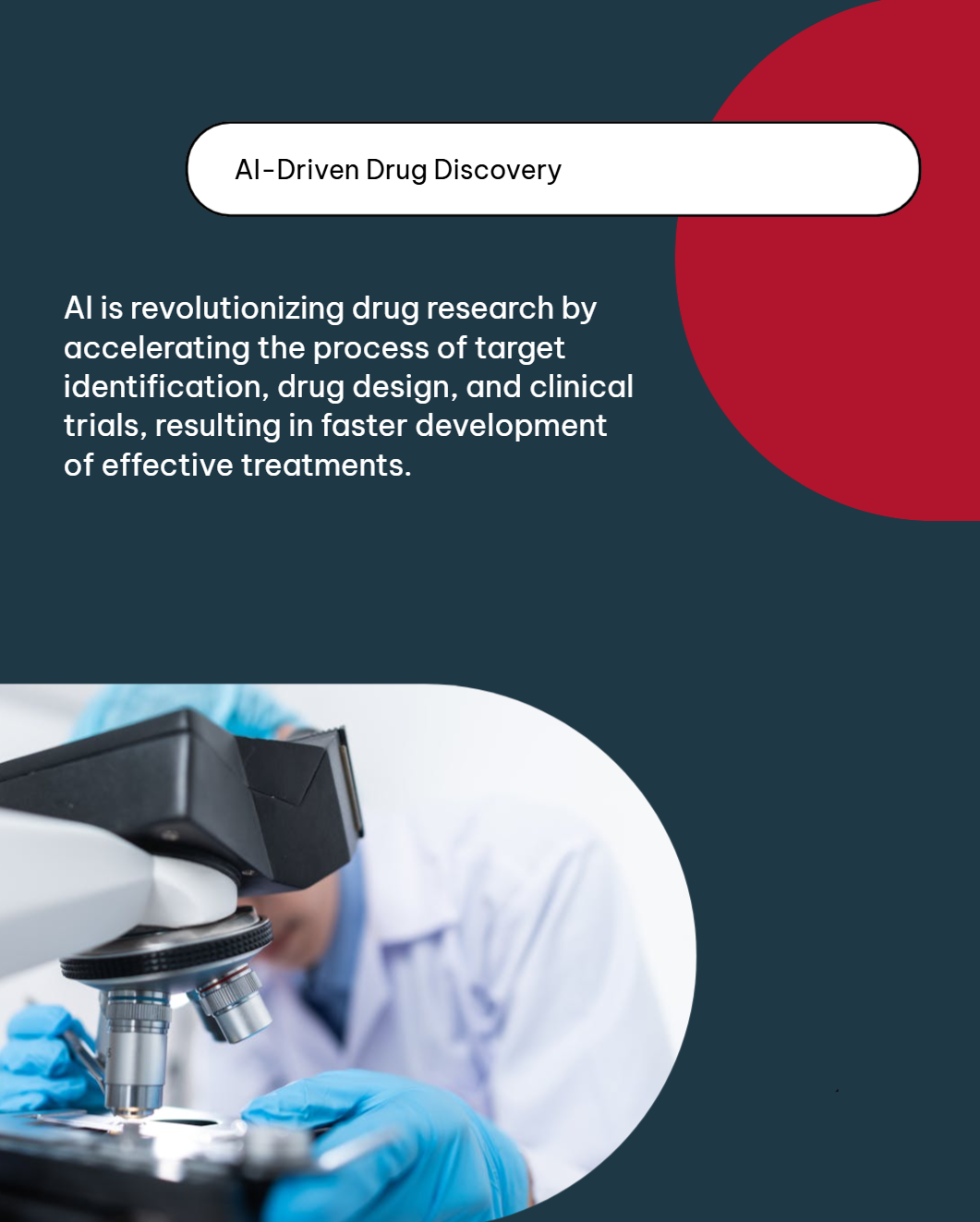
Traditional drug research is expensive and can take over ten years. AI is shaking up this process by cutting down development times and costs. Here’s how:
AI’s ability to analyze data quickly helps skip many stages of guesswork. It ensures that scientists spend time on drugs that have the highest chances of success. This advantage means more treatments may hit the market sooner, saving money and, more importantly, saving lives.
One field that has welcomed AI with open arms is oncology—the study and treatment of cancer. Cancer is often complex, as even tumors of the same type can vary from person to person. Many times, doctors see different genes driving the same kind of cancer. This makes it tough to pick treatments that work for everyone.
AI speeds up gene analysis, so doctors can learn more about which mutations push a tumor to grow. For example, if a breast cancer patient has a certain mutation, AI might suggest a targeted therapy proven to work best for that gene variant. This not only improves recovery chances but also lowers the risk of damaging side effects. Plus, AI tools can predict how a tumor may grow or spread. With that information, doctors can adjust treatments at just the right moment.
Even after active treatment is over, AI can keep watch. Machine Learning models track patients’ lab results and scans. They warn doctors if there are signs that the cancer might return. This level of ongoing care means we have a chance to catch recurrence while it is still small and easier to tackle.
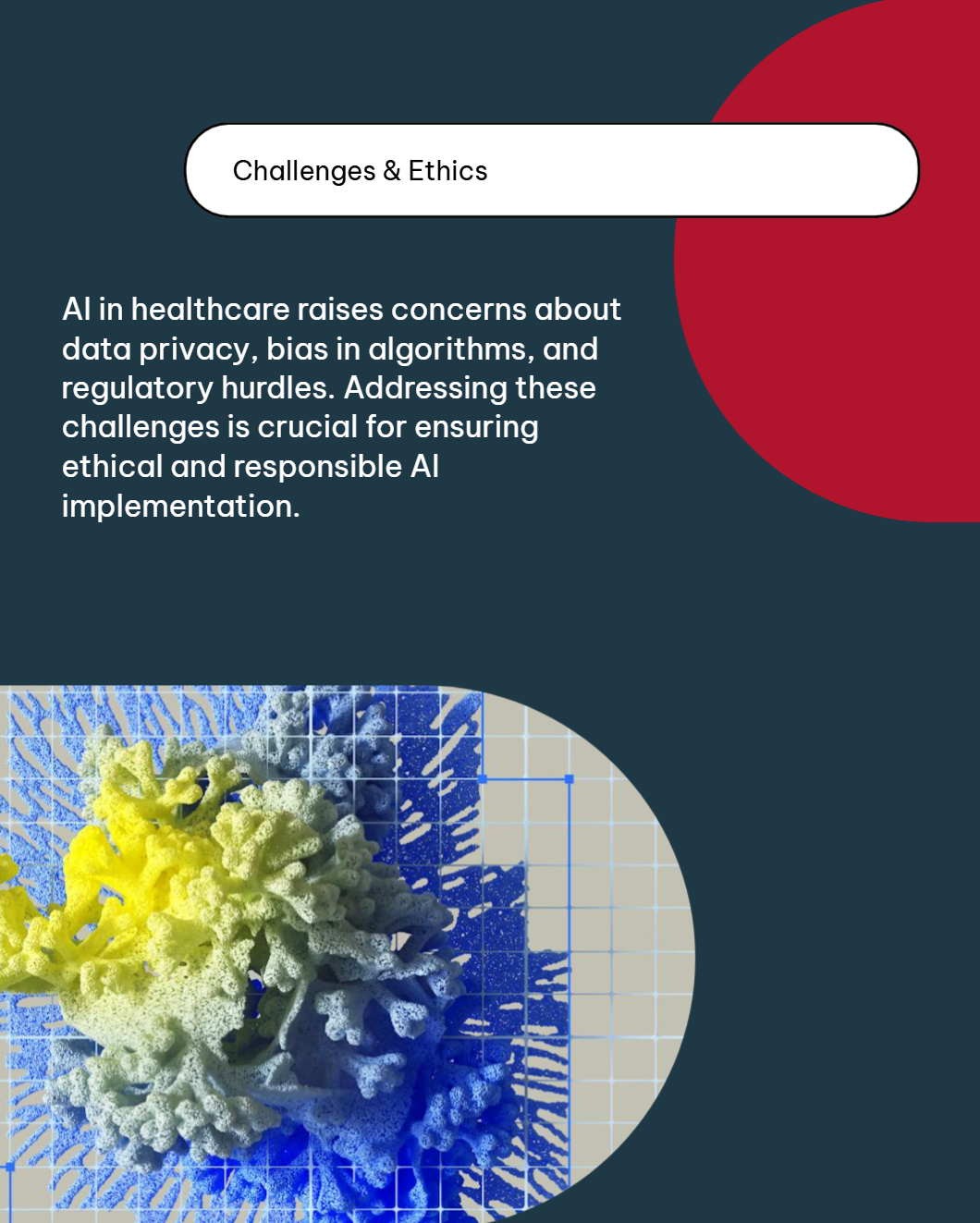
While AI personalized medicine shows promise, there are still challenges:
Data Privacy
Medical data is sensitive. It contains personal details that could cause harm if misused. AI needs huge volumes of patient data to learn, which raises concerns about who owns the data and who can see it. Clinics must safeguard this data to avoid leaks that could reveal personal information.
Bias in Algorithms
If an AI system is trained on data from one group more than another, it can produce results that favor one population. That creates unfair gaps in healthcare. Developers must ensure their models learn from a wide pool of patient data. This effort makes sure that AI tools are fair and helpful for everyone.
Regulatory Hurdles
Government agencies like the FDA have strict rules for treatments. AI-based solutions need to prove their safety and usefulness. These rules are in place to protect the public but can slow AI’s rollout. Companies must maintain transparency, explaining how their models make decisions so that regulators trust these new tools.
Despite the power of AI, it’s important to note that computers do not replace doctors. The best systems combine AI’s data-processing abilities with the empathy and expertise of human clinicians. Doctors still need to interpret test results, talk with patients, and make final calls about treatments. AI is there to present options, find patterns, and help ensure no detail is missed.
For healthcare teams, AI acts like a supercharged assistant. It takes hours of tedious tasks away and frees up doctors to spend more time with patients. By teaming up, clinicians and AI systems can make sure each patient gets care tailored to their unique situation.
Looking ahead, we see AI in healthcare growing in these ways:
Even gene editing tools like CRISPR are stepping into the spotlight. AI can predict how gene edits will affect the body, making these experiments safer. There is a good chance we will see AI bridging the gap between standard checkups and advanced gene therapy. Clinics may also use AI to speed up administrative tasks, making healthcare visits less stressful.
This shift calls for ongoing research and updates to medical training. Doctors in the future may have to learn how to work with AI models during medical school. The promise of AI personalized medicine is big, but it also demands constant care and responsibility.
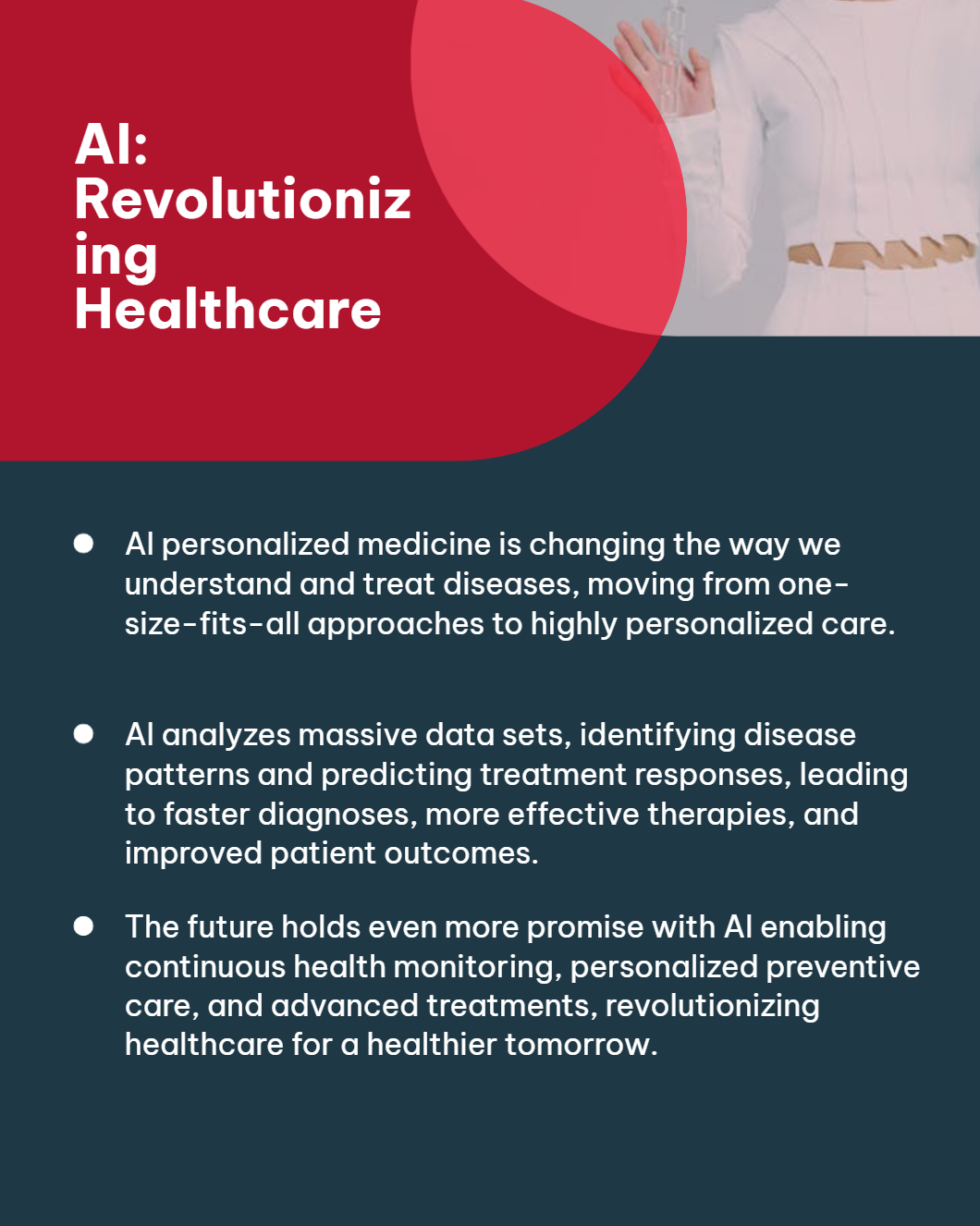
We are standing at a major turning point for healthcare. AI personalized medicine gives us a new view of diseases, letting us understand the unique factors that make each case different. With AI to organize mountains of data, we can better spot disease patterns, craft new treatments, and keep watch on patient progress. The result? Care that is more precise, safer, and more effective. This is not just a trend—it is the future. If we continue to refine AI tools, uphold ethical standards, and ensure fair access, the day will come when the best care is also the most personal care.
Many conditions can benefit, but cancers, rare genetic disorders, and chronic illnesses like diabetes or heart disease stand out. AI helps detect patterns and leads to targeted therapies that improve outcomes.
AI does not replace doctors. It acts as a powerful tool that helps doctors analyze data and make more informed decisions. Doctors still provide empathy, clinical judgment, and the final say on treatments.
Genes often reveal the root cause of many health problems. They show why some people get certain diseases and others do not. By mapping these genetic clues, AI can tailor treatments for each person’s unique makeup.
AI therapies undergo clinical trials and follow strict regulations before going public. Regulatory agencies check them for safety, accuracy, and overall benefit. Always talk to your doctor and ask about the evidence behind any new treatment.
As more clinics adopt AI tools and as technology advances, the costs should drop. Already, some insurance plans cover genetic testing and AI-supported diagnostics. Over time, these options will likely become more widely available.
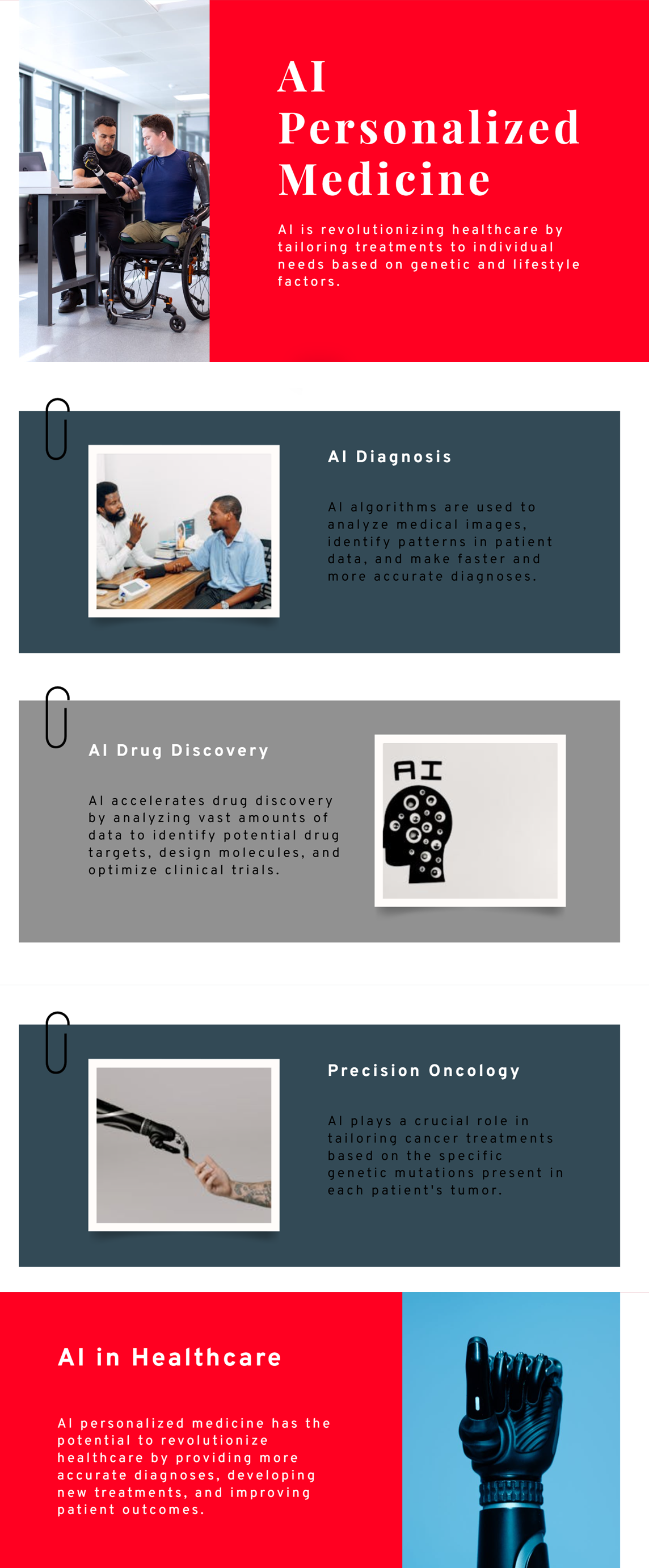 12.02.2025
12.02.2025